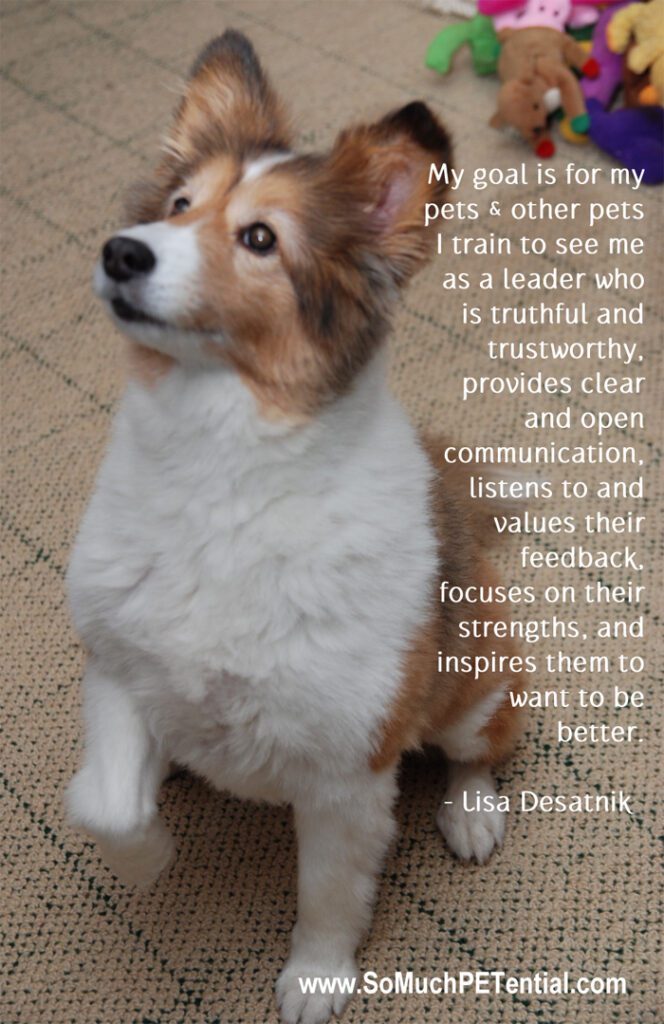I was reading some advice offered online about how to train ‘aggressive’ dogs.
Among other things, the advice said: “If they (dogs) do not look at the owner as the pack leader, they will take it upon themselves to become the pack leader. This is why many dogs will accept commands from the man in the house but not the wife… He needs to be moved to the bottom of the list in terms of pack order.”
Oh my, where do I even begin on this one?
1. I guess the first place to start is with the label ‘aggressive’ because your definition and my definition of an aggressive dog may be completely different. Are we talking about a dog who growls at you when you try to take a valued bone from him, a dog who barks at strangers when on a leash while backing up to move away from them, a dog who has biten someone once but not inflicted harm, or a dog who has a history of biting with enough force to cause someone  to need stitches?
to need stitches?
A label really does not help to solve a behavior issue and in fact may stop you from digging further to get to the root of the problem. Labels can also create stereotypes in our minds that impact the way we feel about the animal, and ultimately how we choose to treat the animal.
The only way to work to modify a behavior in the most positive, least intrusive way is to look at the specific observable/measurable behavior in the context of its environment. Using Applied Behavior Analysis, we would look at the Antecedent that sets the stage for the behavior to occur and at the Consequence that is produced from the behavior. If a behavior continues to happen and even strengthens, it is because something is reinforcing it.
There are so many different reasons why a dog would exhibit behaviors such as growling, showing his teeth, hunkering down over a prized possession, or biting.
2. On the issue of dominance, I’ll refer back to a past post. Please click here to read it.
3. Do I want my animals to see me as a leader? Absolutely! But not as a power hungry monarch. My goal is for my pets and other pets I train to see me as a leader who is truthful and trustworthy, provides clear and open communication, listens to and values their feedback, focuses on their strengths, and inspires them to want to be better.
I know that I learn and perform at the peak of my ability when I am coached by a leader like that. And I have seen first hand the brilliance in animals who are taught from that leadership perspective.
4. Instead of thinking about any dog as the bottom of the list, I want to empower my pet while doing everything I can to give him a reason to feel safe. I pay attention to his body language and give him the ability to communicate his need for space without having to escalate to a growl. I teach him appropriate behaviors by making those behavior choices valuable to him. I want him to believe good things happen when he does behaviors I ask of him.






